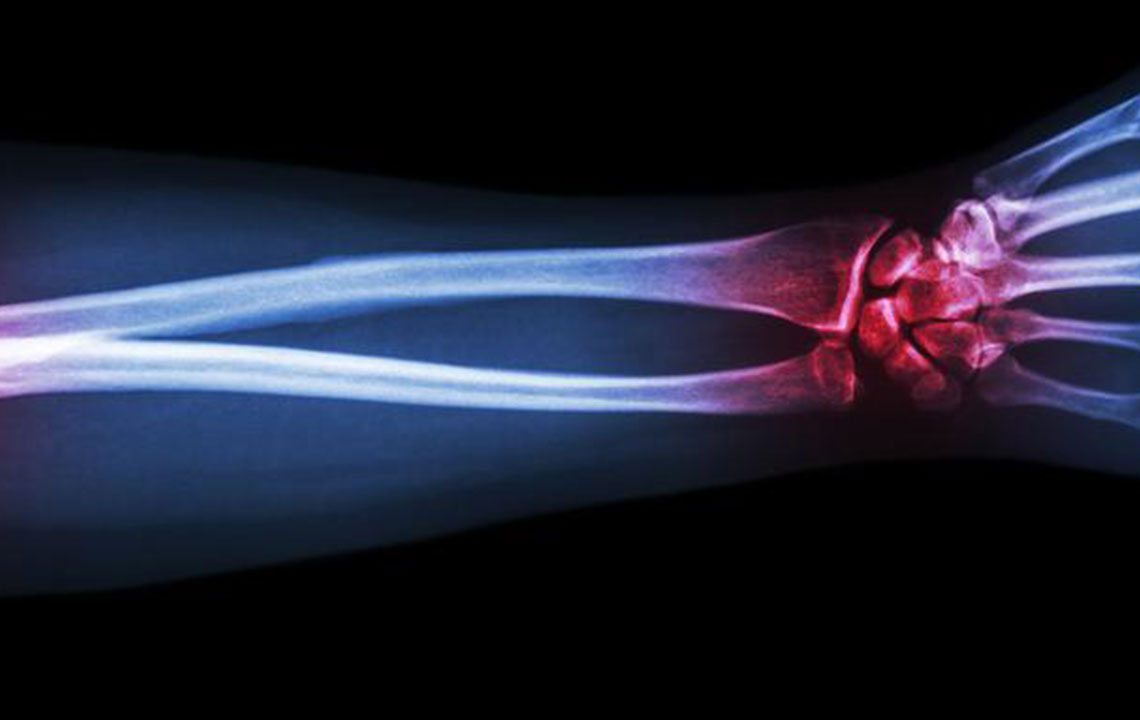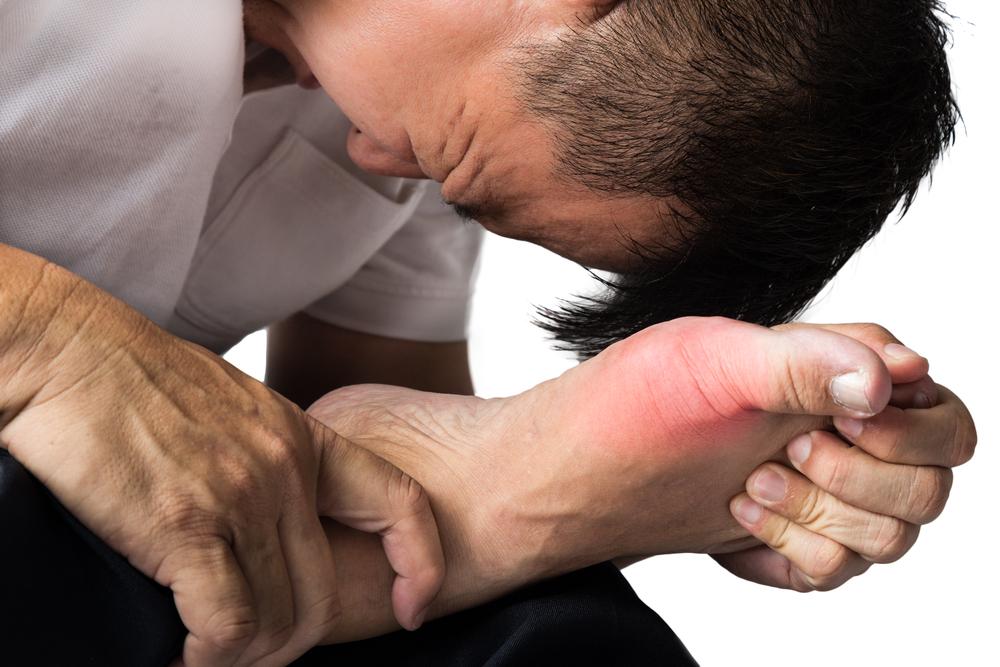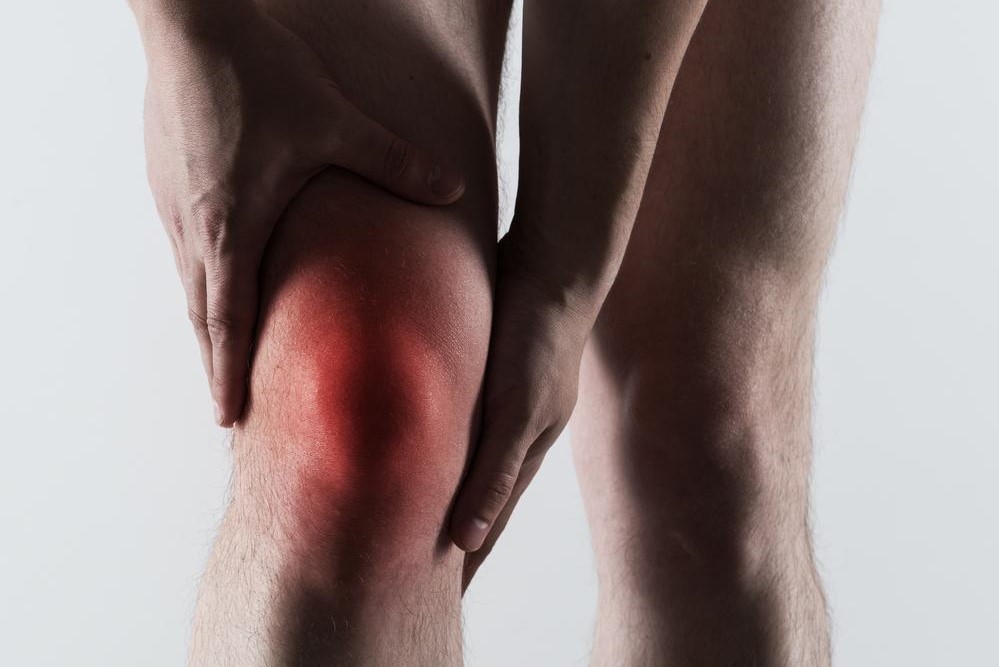Diagnosis and Testing Procedures for Gout
Discover the essential tests and procedures used in diagnosing gout, from blood analysis to imaging techniques. Learn what to expect during your diagnosis process and how specialists confirm gout based on symptoms and test results, ensuring timely treatment. Always consult healthcare professionals for accurate diagnosis and personalized care.

Gout often mimics other joint-related conditions because of shared symptoms such as swelling, pain, and inflammation. If you suspect you have gout, your doctor will ask detailed questions during your consultation. Be prepared to discuss your family history—whether relatives have had gout—as well as describe your symptoms, their onset, and frequency. Additionally, inform your doctor about potential triggers like illnesses, stress, or diet, and your overall health, medications, and lifestyle habits including diet and alcohol consumption.
If gout is suspected, a specialist may order several diagnostic tests, including:
Blood Analysis: To check uric acid and creatinine levels, though results can vary.
X-ray Imaging: To identify joint damage or inflammation causes.
Dual-energy CT Scan: Detects urate crystal deposits in joints when inflammation isn't present.
Ultrasound: Used mainly in Europe to visualize urate crystals in joints.
Joint Fluid Aspiration: Extracts fluid from the joint to find urate crystals directly.
Consulting a rheumatologist is recommended for accurate diagnosis and treatment planning. Remember, the information here is for educational purposes and not a substitute for professional medical advice.










